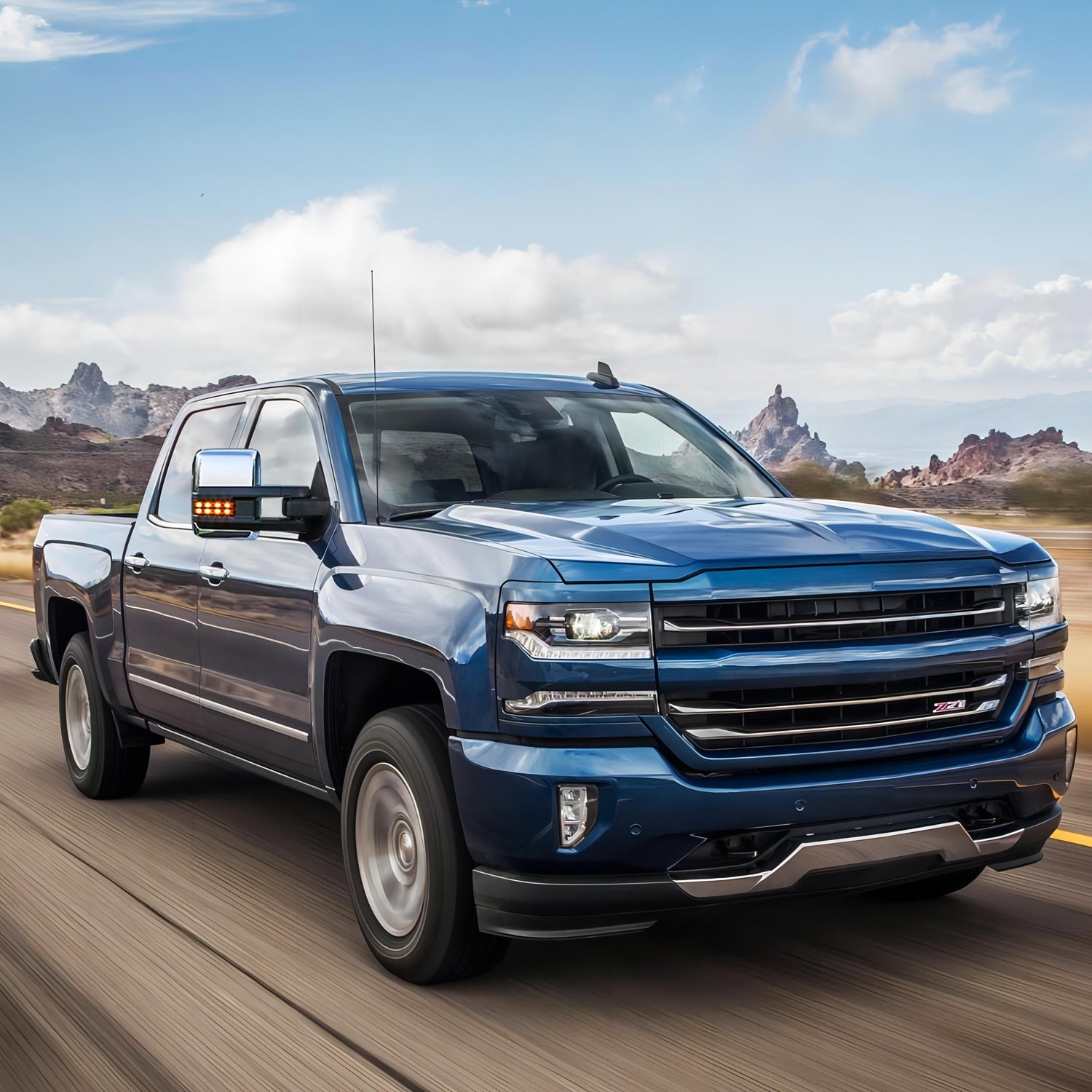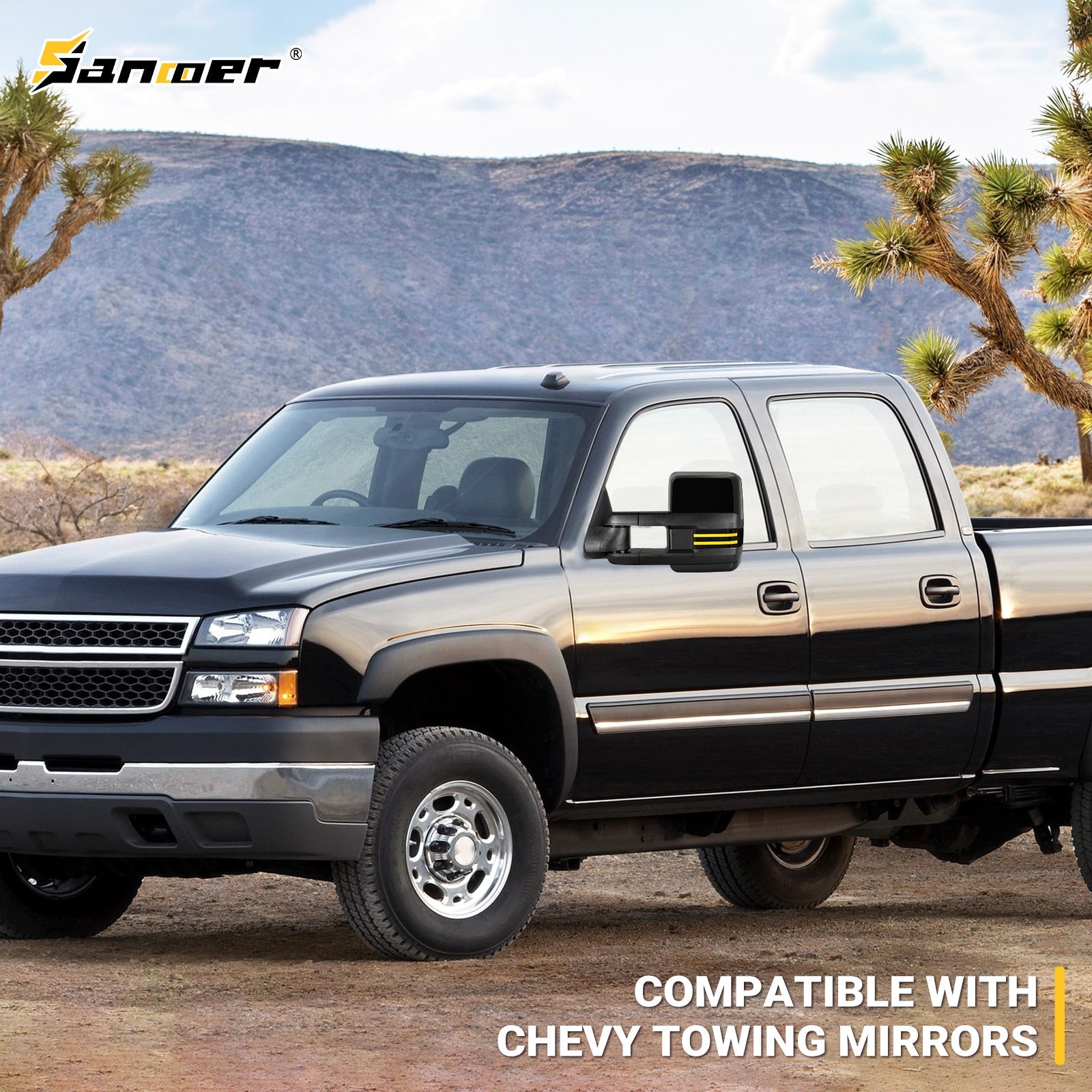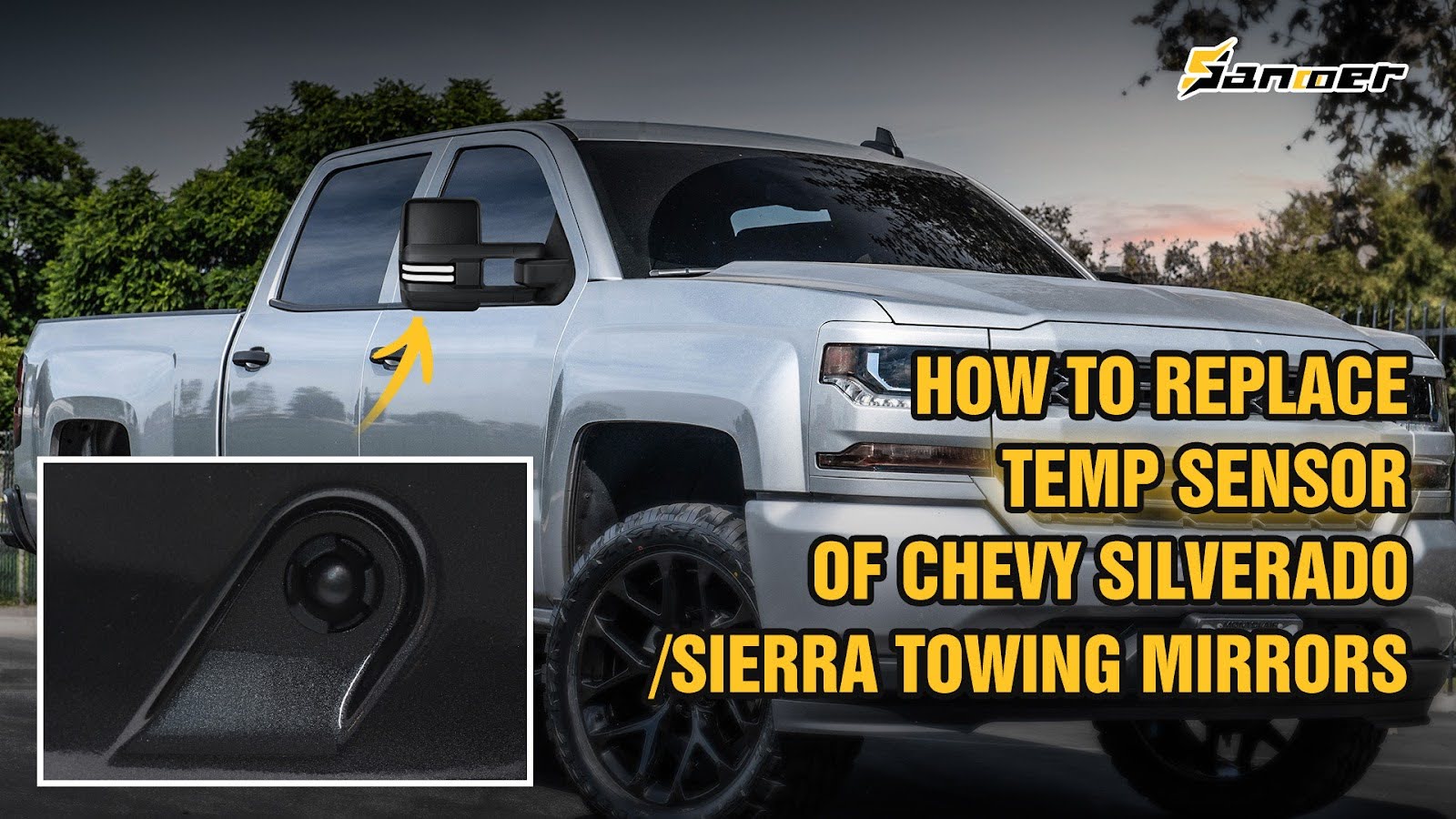The need to replace pickup truck mirrors is influenced by multiple factors, including safety, regulatory compliance, functional upgrades, accident damage, and long-term wear and tear. Below is a detailed analysis:
1. Safety Requirements (Primary Reason)
(1) Visibility Assurance
-
Due to their larger size, pickup trucks have wider blind spots than sedans/SUVs, making mirrors critical for safe driving.
-
Damaged or degraded mirrors (e.g., scratched or fogged lenses) significantly increase risks during lane changes or reversing.
(2) Towing/Off-Road Scenarios
-
Towing needs: Pickups often haul trailers/campers, requiring extended towing mirrors or wider lenses.
-
Off-roading: Rough terrain can cause mirror vibrations or impacts, necessitating reinforced, anti-shake mirrors.
2. Regulatory Compliance
-
U.S. Federal Regulation (FMVSS 111) mandates that all vehicle mirrors must provide a minimum field of view. Damaged or non-compliant mirrors may fail inspections.
-
State laws vary: Some states (e.g., California) impose additional rules on modified mirrors (e.g., extended/folding mirrors), requiring replacements if non-compliant.
3. Functional Upgrade Needs
Advancements in technology have led many owners to upgrade factory mirrors for enhanced convenience:
| Upgrade Type | Functional Benefits | Use Cases |
|---|---|---|
| Power-Folding Mirrors | Remote retraction to avoid parking scrapes | Urban parking/garages |
| Heated/Anti-Fog Mirrors | Maintains clear vision in rain/snow | Rainy/cold regions |
| Blind-Spot Detection Mirrors | Integrated BSD alerts for safer lane changes | Highways/heavy traffic |
| Digital Camera Mirrors | Replaces traditional mirrors with unobstructed views | EV pickups (e.g., Cybertruck trend) |
4. Accident or Physical Damage
-
Collision damage: Pickup mirrors protrude and are prone to scrapes (parking lots/narrow roads).
-
Natural wear: Lens coating degradation, motor failures (common in power mirrors).
-
Extreme weather: Hail/snowstorms can crack lenses or bend mounts.
Supporting Data:
-
NHTSA reports pickup mirror damage rates are 30%+ higher than sedans (due to size/usage).
-
Insurance data shows mirror repairs account for 15-20% of minor pickup accident costs.
5. Long-Term Wear and Tear
Even without accidents, mirrors degrade over time due to:
-
Oxidation (reduces clarity).
-
Loose mounts (causes rattling).
-
Motor/wiring failures (power features stop working).
Recommended Replacement Intervals:
-
Standard mirrors: 5-8 years (varies by environment).
-
Power/smart mirrors: 8-10 years (electronic components have limited lifespans).
6. Cost Considerations
-
OEM replacements: Expensive but best fit (~$200-$600 per side at dealerships).
-
Aftermarket/upgraded mirrors: Cost-effective ($50-$300) but must comply with regulations.
-
Insurance coverage: Typically covers accident-related damage (check deductibles).
Conclusion: When Should Truck Mirrors Be Replaced?
✅ Replace immediately: Cracked lenses, broken mounts, or failed power functions.
✅ Recommended replacement: Severe fogging/oxidation, unsafe vibrations, or regulatory non-compliance.
✅ Optional upgrades: For added features like heating/blind-spot monitoring.
Pickup mirrors are not just accessories—they are critical safety components. Regular inspections and timely upgrades can significantly reduce driving risks.






Leave a comment
All comments are moderated before being published.
This site is protected by hCaptcha and the hCaptcha Privacy Policy and Terms of Service apply.